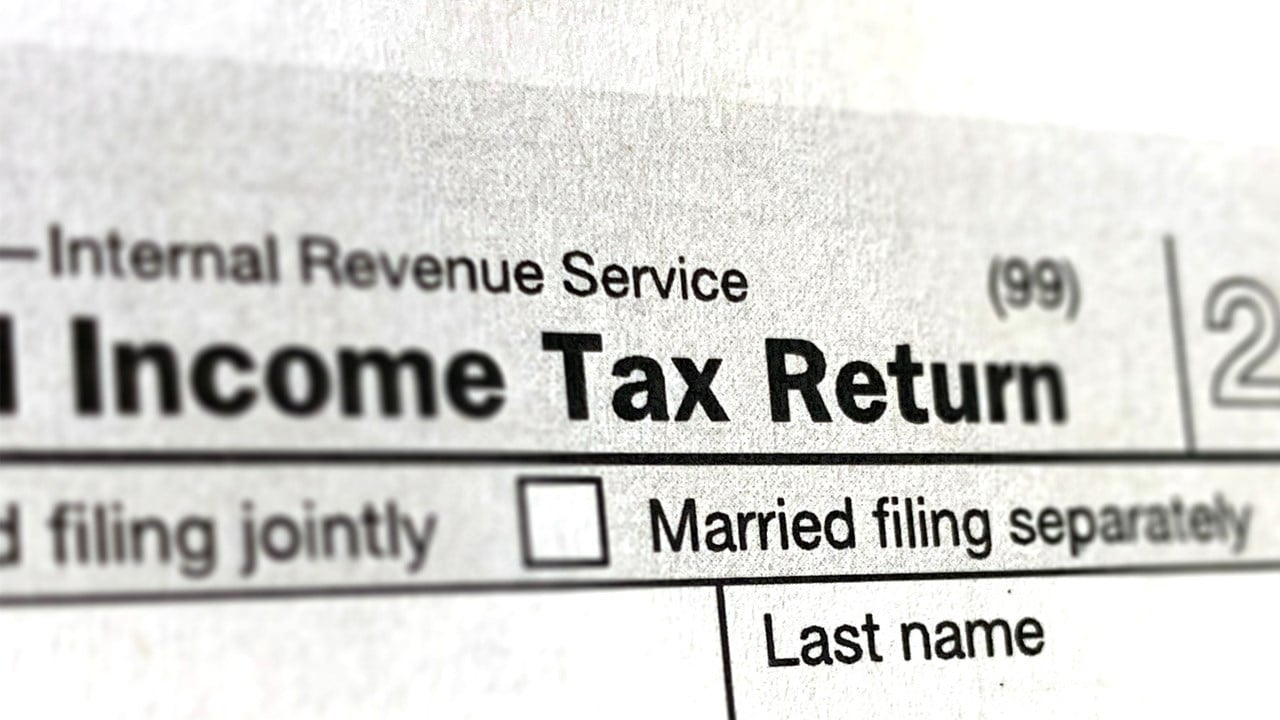
When the IRS sent a simpler version of a notice that asks taxpayers to take certain steps to prevent fraud, the result was a 16% decrease in taxpayers who called the IRS as their first action and a 6% increase in those who used the online option — when compared with those who received the more complicated form.
Sixty thousand taxpayers received the redesigned Notice 5071C, Potential Identity Theft During Original Processing With Online Option, which asks taxpayers to verify their identity and tax return online or over the phone to prevent the processing of fraudulent tax returns. The redesigned version is two pages, rather than the current seven pages, and has improved readability, clarified instructions, and a new QR code that directs taxpayers to the IRS page for online filing, according to a news release.
The lessons learned from this pilot program will help the IRS as it launches its Simple Notice Initiative to review and redesign hundreds of notices, focusing first on the most common ones sent to individual taxpayers, IRS and Treasury officials said Tuesday in a call with reporters.
The results from the pilot program “illustrate the promise of this redesign effort,” IRS Commissioner Danny Werfel said.
Even the IRS describes the current notices — of which it sends roughly 170 million annually to individual taxpayers — as long, difficult to understand, and filled with complex legal jargon that does not concisely explain a taxpayer’s next steps.
“When a letter arrives in the mail from the IRS, we all catch our breath,” Werfel said. “So given that initial apprehension, it’s really important for us to get the information clear and understandable to help taxpayers. We need to work on getting our language plainer, shortening the length of these letters, and making clear the actual intent of these letters.”
IRS notices should follow the guide used by the private sector, he said. For instance, if a notice does not involve an unpaid tax bill, it should read “this is not a bill.” If it is merely a question about a tax return, the IRS notice should read “this is not an audit,” he said.
Clearly written notices have a beneficial effect on IRS operations, Werfel said, because people are less likely to seek help, either on the phone or in person, freeing customer service employees to answer other questions.
“Making our letters simpler to understand is a core improvement that we need to do,” Werfel said. “And simpler notices can create a positive ripple effect throughout the IRS, the nation’s tax system, as well as saving taxpayers time and stress.”
Timeline for the new notices
For filing season 2024 (which opens Jan. 29), the IRS has reviewed and redesigned 31 notices, sending about 20 million of the new versions in the 2022 calendar year. The redesigned versions included notices to taxpayers who served in combat zones and who may be eligible for tax deferment, notices that remind a taxpayer that they may have unfiled returns, and notices that remind a taxpayer about their balance due and where they can go for assistance.
For filing season 2025, the IRS will review, redesign, and deploy the most common notices that individual taxpayers receive with a focus on up to 200 notices that make up about 90% of total notice volume sent to individual taxpayers. The IRS says this represents about 150 million notices sent to individual taxpayers in 2022. These most common notices include notices to propose adjustments to a taxpayer’s income, payments, credits, and/or deductions; notices to correct mistakes on a taxpayer’s tax return; and notices to remind a taxpayer of taxes owed.
The IRS says it is working with taxpayers and tax professionals for recommendations on how these notices should be redesigned.
For filing season 2026 and beyond, the IRS will focus on the 40 million notices sent to business taxpayers and less common notices sent to individual taxpayers.
The IRS says it will share additional details on the plan to redesign these notices in future updates.


